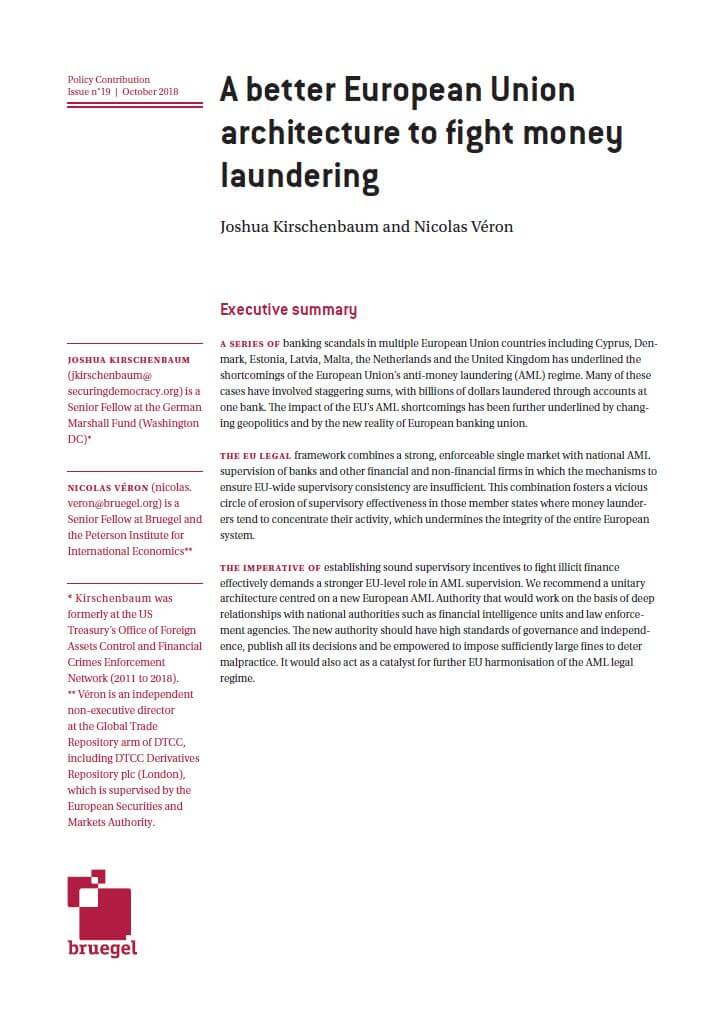Blog Post


The European Union must change its supervisory architecture to fight money laundering
Money laundering scandals at EU banks have become pervasive. The authors here detail the weaknesses the current AML architecture's fundamental weaknesses and propose a new framework.
